The electrifying atmosphere of professional darts is inseparable from the carefully chosen walk-on music, which significantly contributes to **player focus** and sets the stage for each match; understanding this dynamic is key to appreciating the spectacle. This article delves into the profound impact of **walk on music and player focus** in darts, exploring the psychology behind the selections and how they influence performance, while also touching upon the broader fan experience and traditions surrounding these events.
⚠️ Still Using Pen & Paper (or a Chalkboard)?! ⚠️
Step into the future! The Dart Counter App handles all the scoring, suggests checkouts, and tracks your stats automatically. It's easier than you think!
Try the Smart Dart Counter App FREE!Ready for an upgrade? Click above!
The Psychology of Walk On Music And Player Focus
Walk on music is more than just entertainment; it’s a crucial element in a dart player’s preparation. The right song can provide a boost of confidence, help to calm nerves, and focus the mind before stepping up to the oche. The selection is deeply personal, often reflecting the player’s personality, background, or even their superstitious beliefs. Ultimately, it contributes to their player focus.
Consider the immense pressure faced by professional dart players. Thousands of eyes are on them, and millions more are watching from home. The roar of the crowd can be deafening, and the stakes are incredibly high. In this intense environment, the walk on music becomes a psychological anchor, a familiar and comforting sound that helps to block out distractions and create a sense of control. You can witness this electrifying atmosphere when you Experience Attending Live Darts.
Many players collaborate with sports psychologists to determine the most effective music for their walk-on. Factors considered include the tempo, rhythm, and lyrics of the song. Upbeat and energetic tracks are often chosen to generate excitement and aggression, while more mellow tunes may be selected to promote calmness and composure. The goal is to find a song that perfectly complements the player’s pre-match routine and mental state.
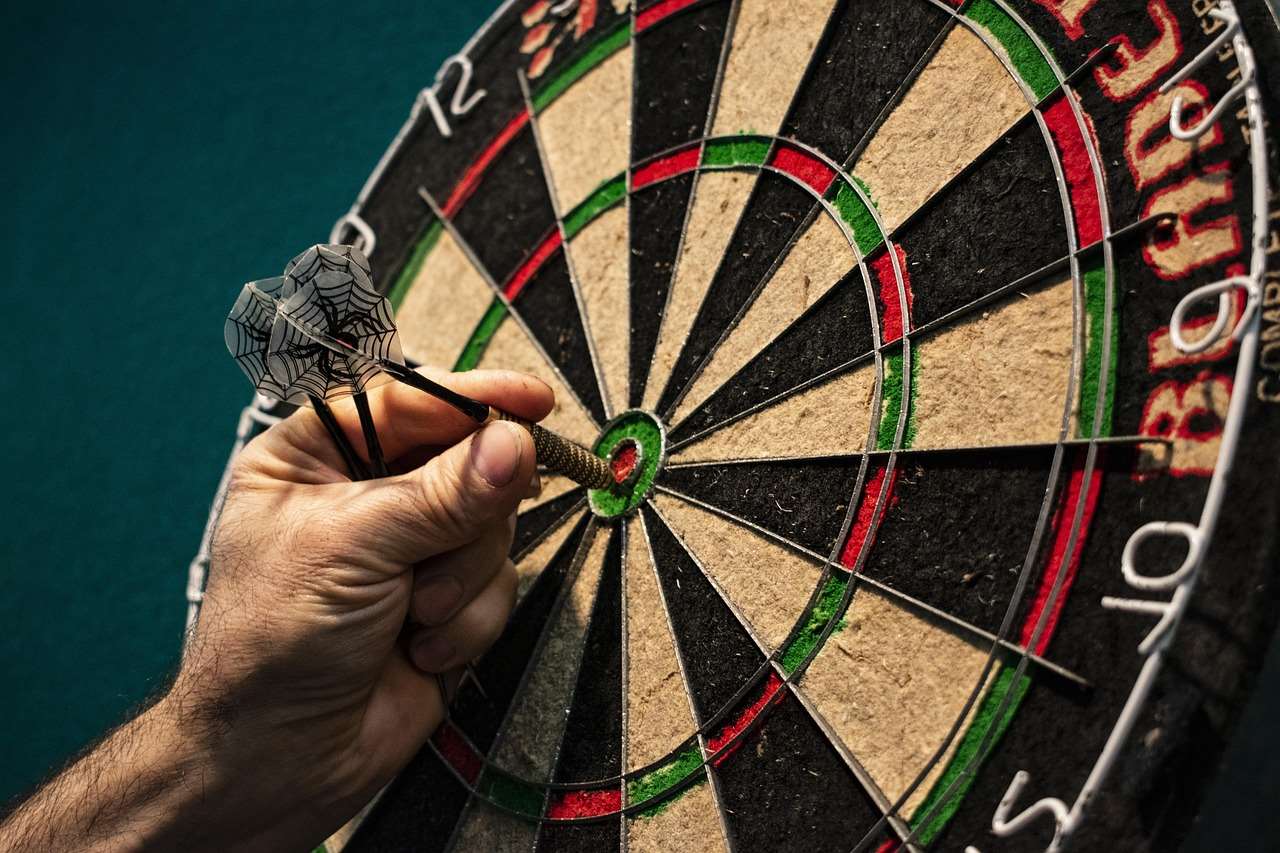
Choosing the Right Tune: Key Considerations
- Tempo: Fast-paced music can increase energy and excitement, while slower tempos can promote relaxation.
- Lyrics: Inspirational or motivational lyrics can provide a mental boost.
- Personal Connection: Choosing a song that resonates with the player’s personal experiences can create a sense of comfort and familiarity.
- Crowd Interaction: A catchy and well-known song can engage the crowd and create a positive atmosphere.
Iconic Walk On Songs in Darts
Over the years, certain walk-on songs have become synonymous with specific players and have cemented their place in darts folklore. These tracks are instantly recognizable and evoke powerful memories for fans. Let’s explore some of the most iconic examples:
- Phil Taylor: “The Power” by Snap! – An absolute classic, this song perfectly captured Taylor’s dominance and intimidating presence.
- Michael van Gerwen: “Seven Nation Army” by The White Stripes – The driving beat and iconic riff create an atmosphere of intensity and aggression, perfectly reflecting MVG’s playing style.
- Gerwyn Price: “Ice Ice Baby” by Vanilla Ice – A controversial choice initially, but it’s now become a fan favorite and perfectly embodies Price’s confident and sometimes confrontational personality.
- Peter Wright: “Don’t Stop the Party” by Pitbull – A vibrant and upbeat track that reflects Wright’s flamboyant style and infectious enthusiasm.
These songs have become more than just background music; they are an integral part of the player’s identity and the overall spectacle of darts. The anticipation builds as the first few notes of the song are played, and the crowd erupts as the player emerges onto the stage. It’s a truly unforgettable experience, and one of the reasons why Atmosphere At Live Darts Matches is so incredible.
The Fan Experience and Walk On Music
The impact of **walk on music and player focus** extends far beyond the individual player; it significantly enhances the fan experience. The walk-on is a crucial part of the show, creating a sense of anticipation and excitement that builds to a crescendo as the player takes to the stage. It’s a collective moment of energy that unites the crowd and sets the tone for the match ahead.
For many fans, the walk-on is a highlight of attending a live darts event. They sing along to the music, chant the player’s name, and soak up the electric atmosphere. It’s a chance to connect with their favorite players and be part of something special. Remember that if you’re planning to attend, it’s useful to check Travel Tips For Darts Tournaments.
The PDC (Professional Darts Corporation) understands the importance of the fan experience and carefully curates the walk-on experience to maximize the entertainment value. They work closely with players to select appropriate music and ensure that the lighting, sound, and visual effects are perfectly synchronized to create a truly memorable moment.
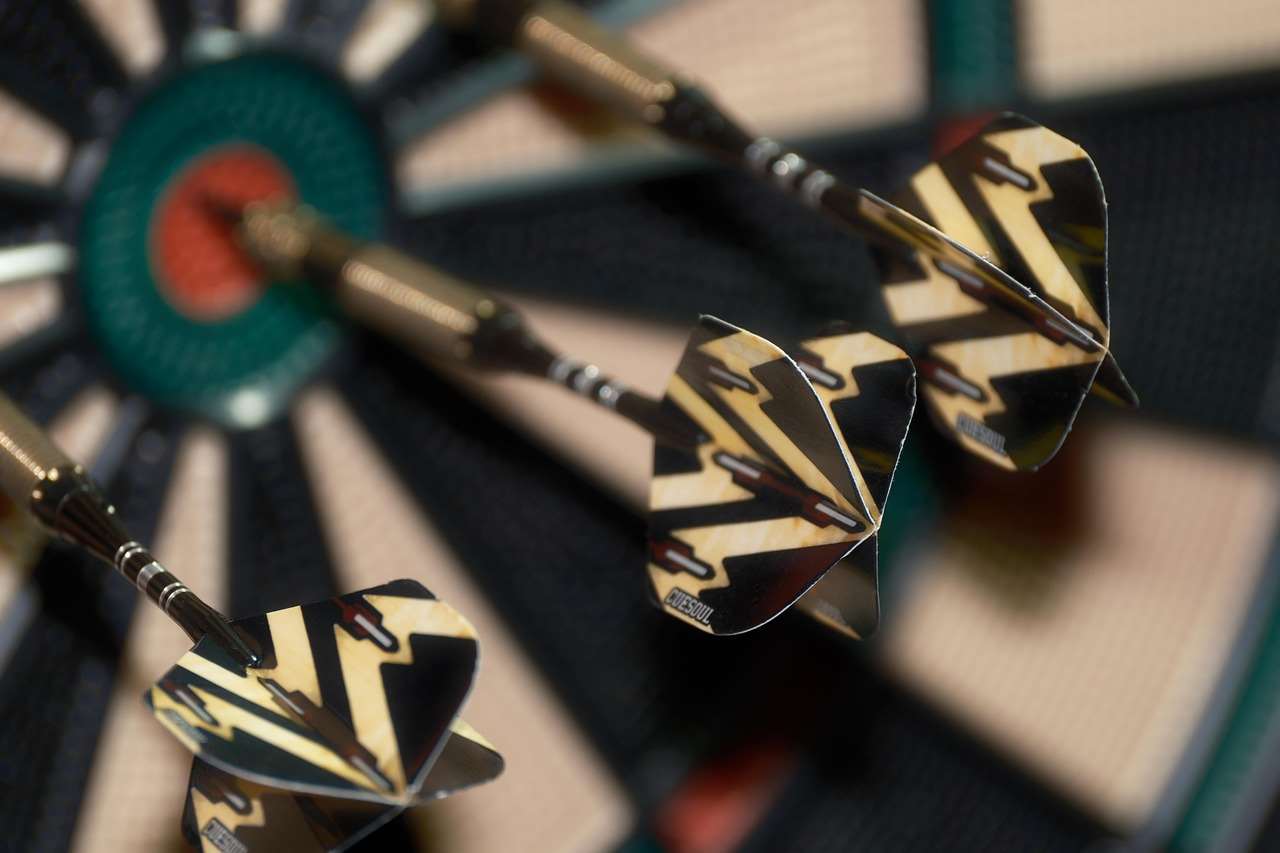
Walk On Music and Sponsorship
The popularity of walk on music has also opened up opportunities for sponsorship. Some players have secured deals with music streaming services or record labels, allowing them to promote their favorite artists or songs. This can be a mutually beneficial arrangement, as it provides exposure for the artist and financial support for the player. However, the primary contribution of the music is to the **player focus** needed to secure wins.
Furthermore, the use of licensed music in darts events generates revenue for the music industry through royalties and licensing fees. This helps to support artists and ensures that they are fairly compensated for their work. It’s a win-win situation for everyone involved, demonstrating the power of music to enhance the entertainment value of sports events and generate economic benefits.
Walk On Music: More Than Just Entertainment
While the primary function of walk on music is to entertain and excite the crowd, it also serves several other important purposes. As previously discussed, it can help players to focus, relax, and build confidence. But it can also be a powerful tool for building a personal brand and connecting with fans.
By choosing a walk-on song that reflects their personality and values, players can create a unique identity that resonates with fans. This can lead to increased popularity, merchandise sales, and sponsorship opportunities. In a sport where image and personality are increasingly important, **walk on music** can be a valuable asset.
The Future of Walk On Music in Darts
As darts continues to grow in popularity, the role of walk on music is likely to become even more significant. The PDC is constantly looking for ways to enhance the fan experience and make darts events more entertaining. This will likely involve further investment in lighting, sound, and visual effects, as well as more creative use of music. As the role of the music grows, so too will the contribution to **player focus**.
We may also see the emergence of new technologies, such as interactive walk-on experiences that allow fans to choose the music or create their own custom walk-on routines. The possibilities are endless, and it will be fascinating to see how **walk on music** continues to evolve in the years to come. If you’re trying to understand Darts Culture And Community Guide, consider how integral walk-on music is to the spirit of the sport.
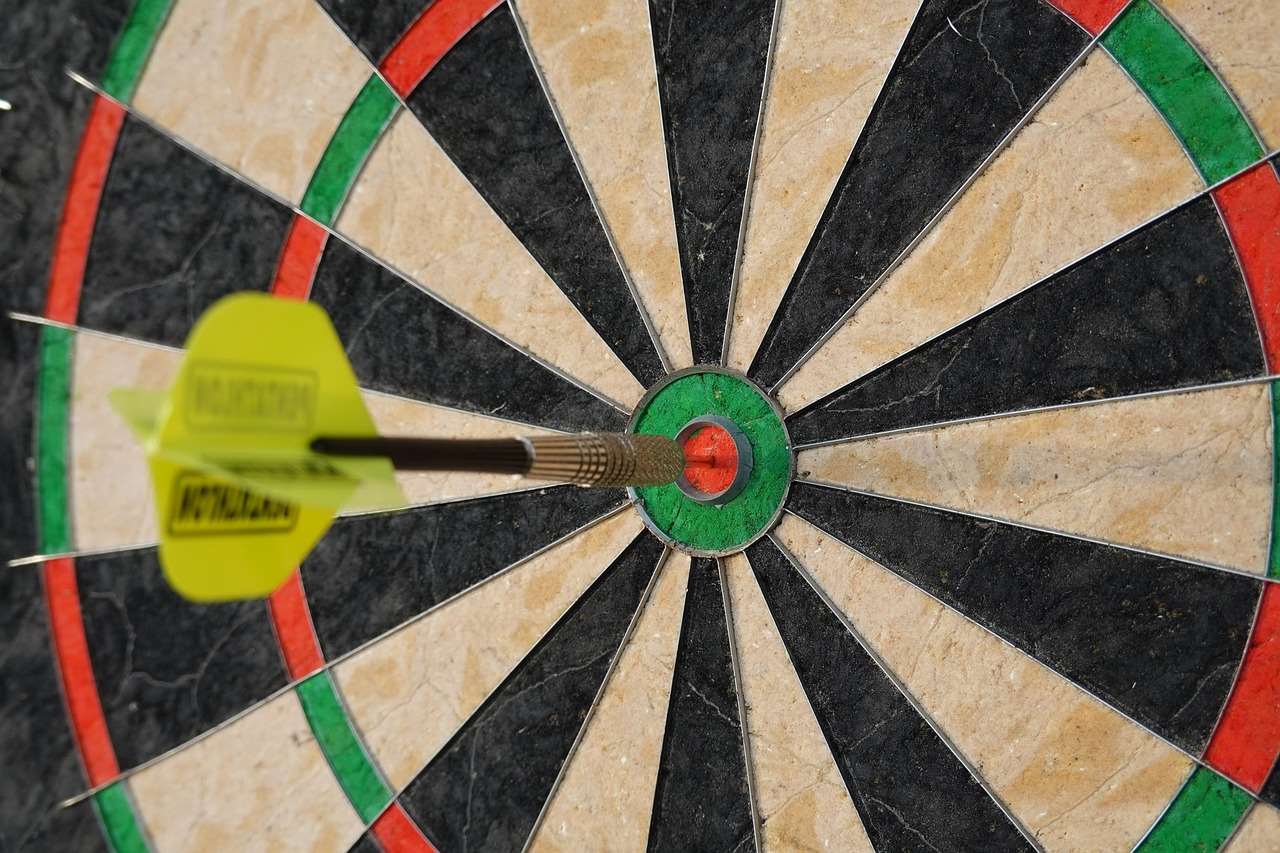
Controversies and Considerations
While walk on music is generally a positive aspect of darts, it has occasionally been the subject of controversy. For example, some players have been criticized for choosing songs with offensive lyrics or for using their walk-on to promote controversial political views. Also, it needs to contribute to player focus rather than detract from it.
The PDC has a responsibility to ensure that walk-on music is appropriate and does not offend or alienate fans. They have guidelines in place to prevent the use of inappropriate music, and they may intervene if a player’s choice is deemed to be offensive or harmful. It’s a delicate balancing act, as the PDC also wants to allow players the freedom to express themselves and connect with fans. This is all to preserve the unique Fan Culture At Live Darts.
The Practicalities of Walk On Music Selection
Beyond the psychological and emotional aspects, there are practical considerations when selecting walk-on music. Licensing rights are paramount; players and event organizers must ensure they have the proper permissions to use copyrighted material. Navigating these legalities can be complex, often requiring agreements with music publishers and performing rights organizations.
Furthermore, the chosen track needs to be compatible with the event’s sound system and technical capabilities. The quality of the audio playback is crucial for maximizing the impact of the walk-on. Careful planning and coordination with the event’s technical crew are essential to avoid any glitches or mishaps.
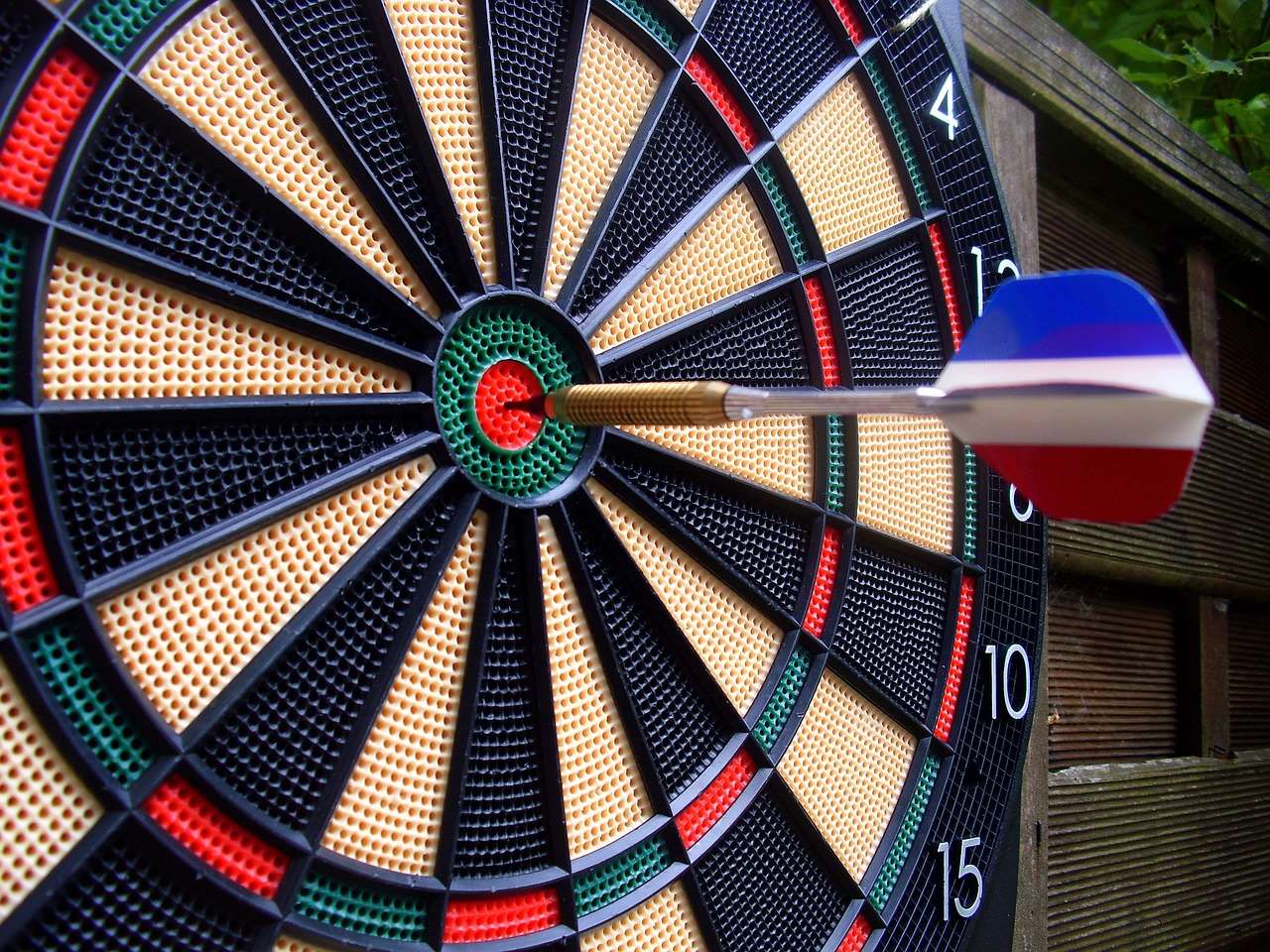
Beyond the Music: The Entire Walk-On Package
It’s important to remember that walk on music is just one element of the overall walk-on experience. The lighting, visual effects, and the player’s own stage presence all contribute to the impact of the moment. A well-executed walk-on is a carefully choreographed performance that combines all these elements to create a truly unforgettable experience. This performance is also intended to contribute to the player focus needed to succeed.
Some players even incorporate props or costumes into their walk-on routine, further enhancing the entertainment value. Peter Wright, for example, is famous for his colorful hairstyles and flamboyant outfits, which have become an integral part of his on-stage persona. These additions further contribute to the show and the player’s brand.
Walk On Music And Player Focus: A Symbiotic Relationship
The connection between **walk on music and player focus** cannot be overstated. It’s a symbiotic relationship, where the music provides the psychological boost needed to enhance concentration and composure, and the player’s performance then elevates the impact and memorability of the music. Ultimately, the music needs to aid **player focus**.
By understanding the nuances of this relationship, players can optimize their walk-on routine to maximize its effectiveness. This can involve carefully selecting the right music, working with a sports psychologist to develop a pre-match mental strategy, and practicing the walk-on routine until it becomes second nature.
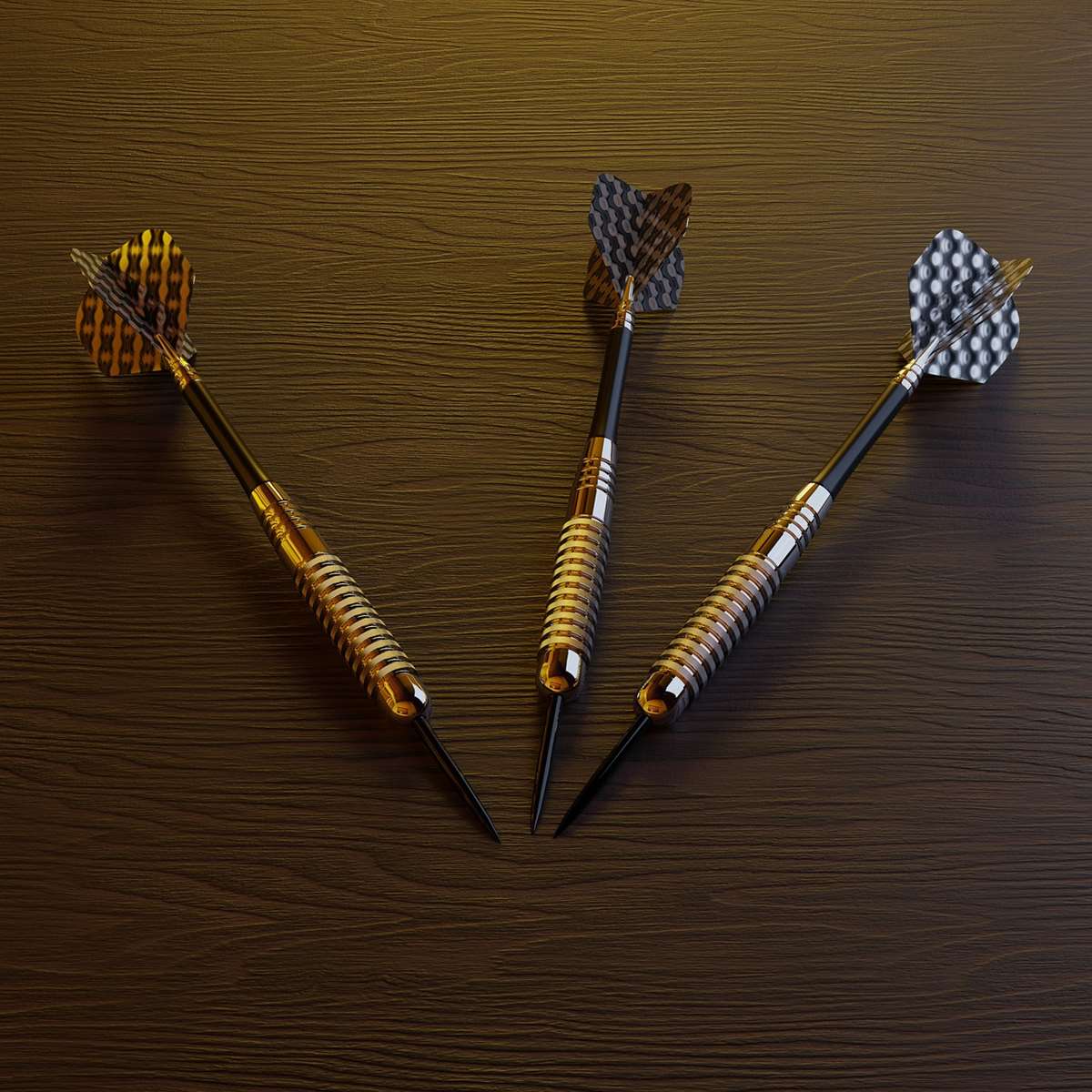
Conclusion: The Enduring Power of Walk On Music in Darts
In conclusion, walk on music is much more than just background noise in the world of professional darts. It’s a powerful psychological tool that helps players to focus, build confidence, and connect with fans. It’s an integral part of the overall entertainment experience, creating a sense of anticipation and excitement that makes darts events so special. The relationship between **walk on music and player focus** is undeniable.
As darts continues to evolve, the role of walk-on music is likely to become even more significant. By understanding the nuances of this relationship, players and event organizers can continue to enhance the fan experience and ensure that darts remains one of the most exciting and engaging sports in the world. Ready to experience the electrifying atmosphere firsthand? Guide To Attending Darts Events offer insights into planning your visit. Find tickets to an upcoming event and witness the power of walk-on music live!
Hi, I’m Dieter, and I created Dartcounter (Dartcounterapp.com). My motivation wasn’t being a darts expert – quite the opposite! When I first started playing, I loved the game but found keeping accurate scores and tracking stats difficult and distracting.
I figured I couldn’t be the only one struggling with this. So, I decided to build a solution: an easy-to-use application that everyone, no matter their experience level, could use to manage scoring effortlessly.
My goal for Dartcounter was simple: let the app handle the numbers – the scoring, the averages, the stats, even checkout suggestions – so players could focus purely on their throw and enjoying the game. It began as a way to solve my own beginner’s problem, and I’m thrilled it has grown into a helpful tool for the wider darts community.